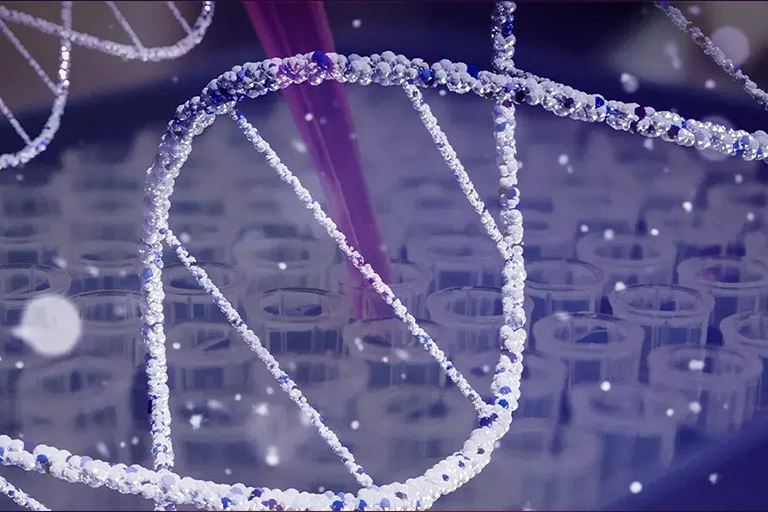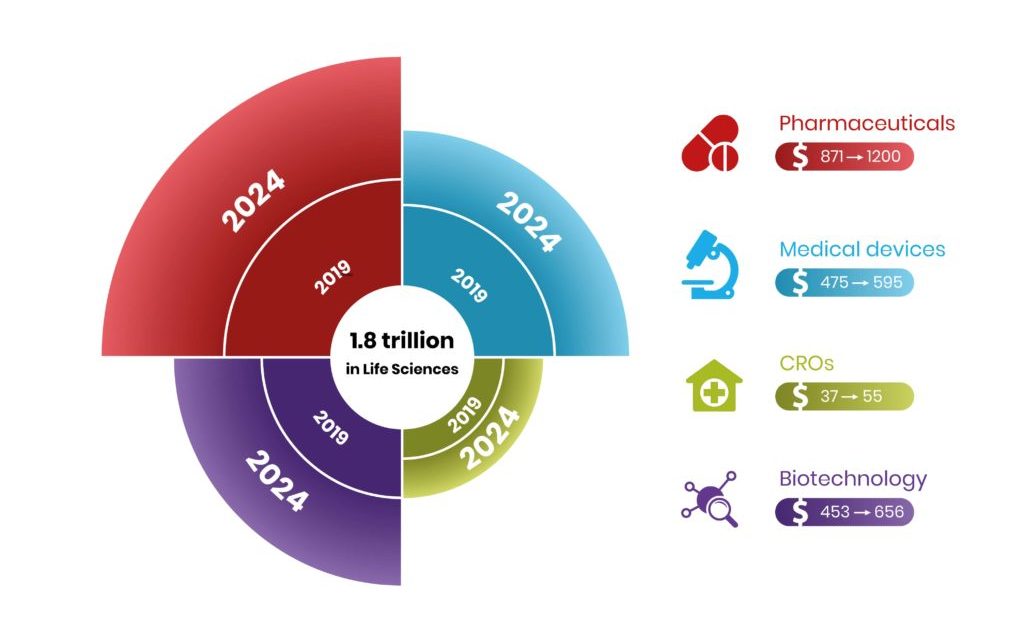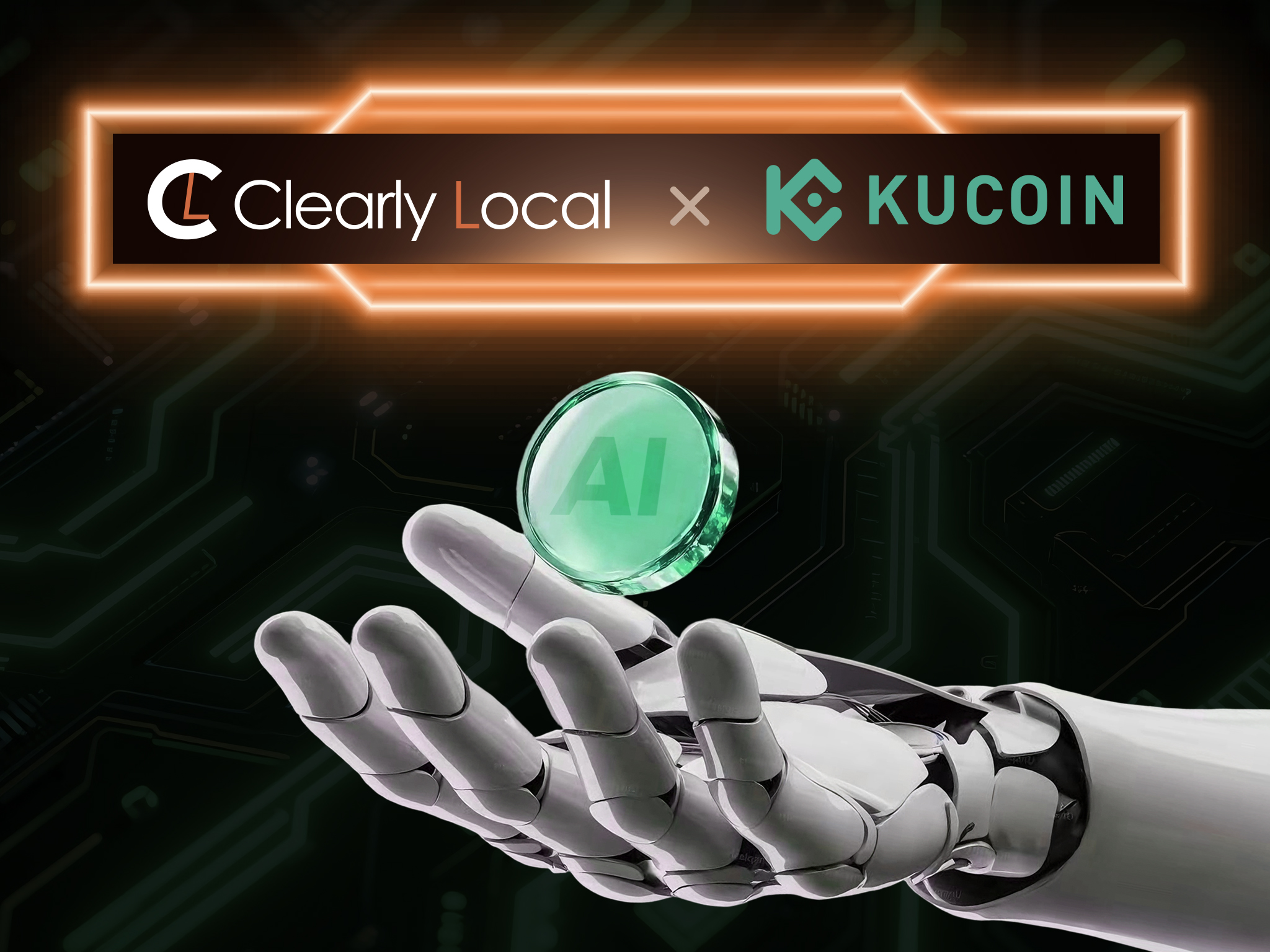In the complex and highly regulated landscape of life sciences, the translation and localization industry faces the immense challenge of navigating and decoding its intricacies, encompassing sectors such as medical devices, pharmaceuticals, biotechnology, and Contract Research Organizations (CROs), collectively known for their innovation and an anticipated global market value of $2 trillion by 2025. This endeavor requires a meticulous combination of linguistic, cultural, and technical expertise, aiming for precision to serve the diverse fields of biotech, pharma, MedTech, and the commercialization of health products and services.
Clearly Local is uniquely positioned to rise to this challenge by fusing human expertise with innovative technology. Our mission extends beyond merely providing a service; we envision ourselves as trusted partners guiding you through the complexities of life sciences, breaking down barriers of language and culture, and focusing on regulatory compliance and the future of personalized healthcare. As we venture together, you will experience the artful blend of technology and human proficiency, regulatory compliance’s importance, cultural sensitivity’s impact, and our strategic plan for excellence in this rapidly changing field.
Comprehending the Complexity
Life sciences translation is a complex landscape requiring linguistic prowess, cultural sensitivity, and technical understanding. Each sector brings unique challenges. Beyond the technical jargon and complicated terminologies, comprehending the cultural nuances and regional idiosyncrasies is vital to ensure the accuracy of the translated content.
The process goes beyond mere word-to-word translation. Each document must resonate with the target audience, encapsulating the original meaning while adhering to regional standards and norms to deliver exceptional localization services.
A recent report by Gabriel Karandysovsky at nimdzi.com delves into the current trends and future prospects, highlighting the technological push, pharma merging markets, and regulatory challenges.
Life Sciences market size from 2019 and in 2024
The Technological Push
Automation and technological advancements drive the Life Sciences industry, with an estimated 40% increase in AI-driven medical research. Clearly Local aligns its medical translation services with this technological push, ensuring precision in medical documents, clinical data, and regulatory compliance.
Pharmerging Markets: Southeast Asia, Latin America, and Africa
These regions present unique opportunities and challenges, with a combined market value of over $300 billion. Clearly Local provides tailored localization solutions, including translating medical literature and adapting marketing materials.
Regulation – A Unifying Thread
Regulatory Compliance forms the backbone of life sciences translation. Differences in regulations from country to country can prove to be a minefield. Still, they are a challenge that must be faced head-on to ensure seamless operations and patient safety. From initial clinical trials to product labeling and marketing materials, each step of a product’s lifecycle requires meticulous attention to ensure compliance with regional and international regulatory standards.
The EU’s Medical Device Regulation (MDR) and In Vitro Diagnostic Regulation (IVDR) present challenges and opportunities. Clearly Local assists in navigating these complex regulations, ensuring compliance across different regions. Experts emphasize the importance of quality, training, and well-defined processes, as MultiLingual’s September 2022 issue highlights.
The Confluence of Technology and Human Expertise
The blend of technology and human expertise is vital in life sciences translation. Automation, AI, and machine learning analyze vast amounts of data while human experts ensure cultural sensitivity and accuracy. Investing in subject-matter experts and leveraging technology like CAT tools can enhance quality and knowledge base for further projects. At Clearly Local, we champion this blend by employing innovative proprietary technologies that aid in maintaining consistency, accuracy, and efficiency, coupled with our team of language and subject-matter experts who bring unparalleled skills to each project.
The Future is Personalized
As we gaze into the future, it is evident that the concept of Healthcare Personalization will take center stage. With personalized medicine, patients will be given treatments tailored to their genetic makeup and lifestyle. In this scenario, the need for life sciences translation becomes even more pertinent to convey these individualized treatments accurately across cultures and languages.
Healthcare Personalization, an impending revolution, is intrinsically connected with the translation and localization industry.

Cross-Cultural Understanding in Personalized Care: Understanding cultural nuances becomes pivotal as we move towards a patient-centric approach. Treatment plans, prevention strategies, and medical information need to be accurately localized, not just translated, for diverse patients worldwide. The mission is to bridge this cultural gap, ensuring that medical information is not just linguistically correct but is also culturally resonant, fostering comprehensive understanding and adherence among global patient groups.
Telehealth and Real-Time Translation: Telehealth services have surged, transcending geographical barriers, and making healthcare more accessible. Yet, this international collaboration brings with it the challenge of language barriers. Real-time translation services are vital to facilitate seamless communication between patients and healthcare providers, ensuring accurate diagnoses and treatment plans.
Data Localization – The Protector of Privacy: As personalized healthcare becomes data-driven, ensuring data privacy and protection is paramount. Clearly Local aids healthcare providers in navigating the complex tapestry of data regulations that vary across regions. Our expertise ensures healthcare companies can leverage patient data for personalization while fully complying with local laws.
AI and Machine Learning – Localized Intelligence: AI and machine learning tools are at the heart of health data analysis and patient behavior prediction. However, localization is a prerequisite for these tools to function seamlessly across diverse cultural and linguistic backgrounds, ensuring the user interface and underlying algorithms are localized and promoting accurate data interpretation.
Personalization is at the heart of the future of healthcare. As Forbes outlines, the four pillars for the future of healthcare personalization include abundant data, connected tools and data, widespread automation, and proactive treatment. Clearly Local recognizes the importance of healthcare personalization and offers services that align with these future trends.
The Blueprint for Success in Life Sciences Translation
Success in life sciences translation requires a strategic approach:
- Understanding Global Markets: From Latin America’s $80 billion Biotech Boom to Africa’s growing market, understanding regional dynamics is crucial.
- Embracing Technology: Utilizing AI, machine learning, and automation to enhance efficiency and accuracy.
- Ensuring Regulatory Compliance: Navigating complex regulations with expert translation and localization services.
- Investing in Quality: Paying a premium for qualified subject-matter experts and implementing solid in-country review processes.
Sealing Success in Medical Translation
The Life Sciences industry is on the brink of transformation, and Clearly Local is positioned to support this exciting journey. With specialized medical translation services focused on life sciences and healthcare, we offer a strategic partnership that ensures success in both traditional and emerging markets. From comprehending the complexity to crafting a blueprint for success, Clearly Local demonstrates a deep understanding of life sciences and healthcare unique challenges and solutions.
For more information on our services and how we can support your business in the Life Sciences industry, contact us today.
FAQs:
- What are some unique challenges of life sciences translation? Life sciences translation involves complex technical terminologies and requires a deep understanding of the cultural nuances and regional idiosyncrasies. It’s not just about word-to-word translation; the translated content must encapsulate the original meaning while adhering to regional standards and norms. Translation accuracy is also at the center of all translation projects, but even more within the life sciences industry, a single error in the units, numbers, or translations will cause irreparable collateral damage.
- Why is Regulatory Compliance crucial in life sciences translation? Regulatory compliance is the backbone of life sciences translation, ensuring patient safety and seamless operations. Different countries have different regulations, making it crucial for a product’s lifecycle, from initial clinical trials to product labeling and marketing materials, to comply with regional and international standards.
- How do we leverage technology in life sciences translation? Clearly Local employs innovative technology that aids in maintaining consistency, accuracy, and efficiency. This includes Computer-Assisted Translation (CAT) tools and Translation Management Systems (TMS), which support translation memory and a robust term base, improving the quality and consistency of translations, and increasing productivity with AI Automation.
- How do we handle the human side of life sciences translation? Clearly Local invests heavily in continual professional development, ensuring their teams are up to date with industry changes. They also emphasize cultural sensitivity in localization, understanding that human touch is essential when dealing with languages and cultures.
- What role do AI and Machine Learning play in life sciences translation? AI and Machine Learning are at the heart of health data analysis and patient behavior prediction. These tools must be localized to function seamlessly across diverse cultural and linguistic backgrounds. Including translating the user interface and ensuring the underlying algorithms accurately interpret data.




